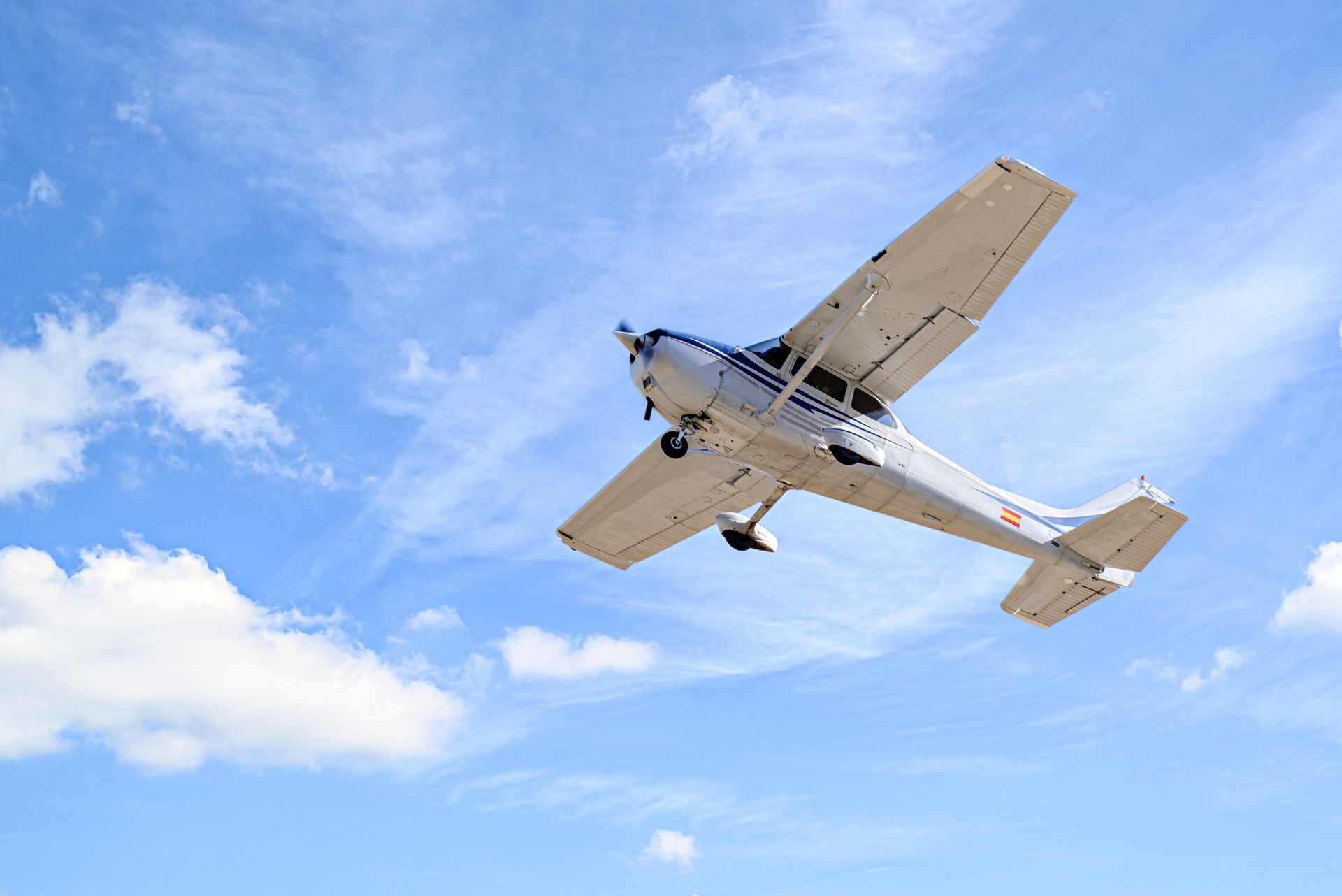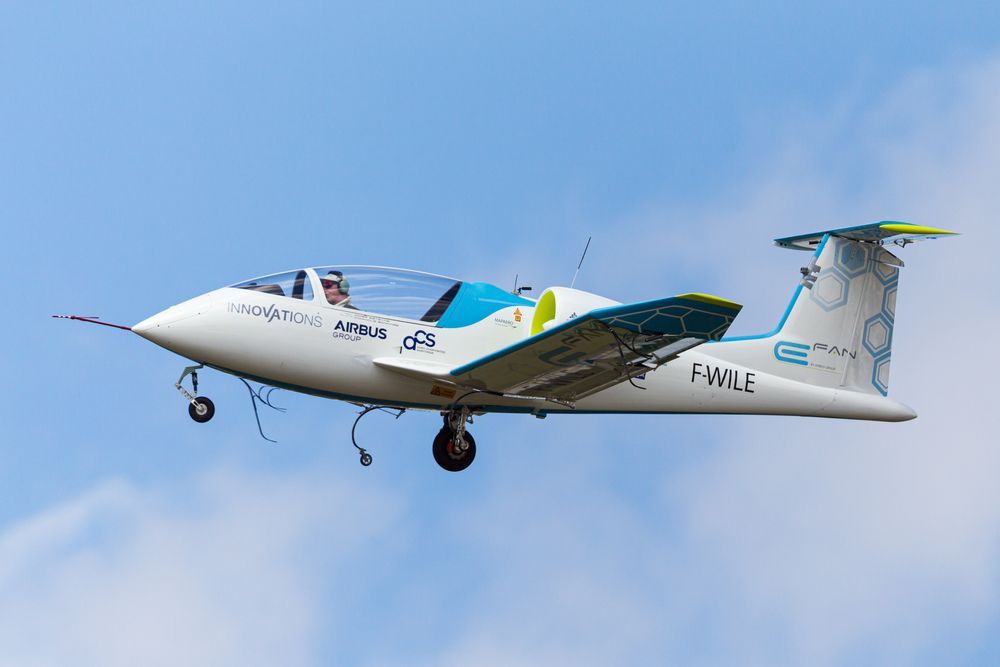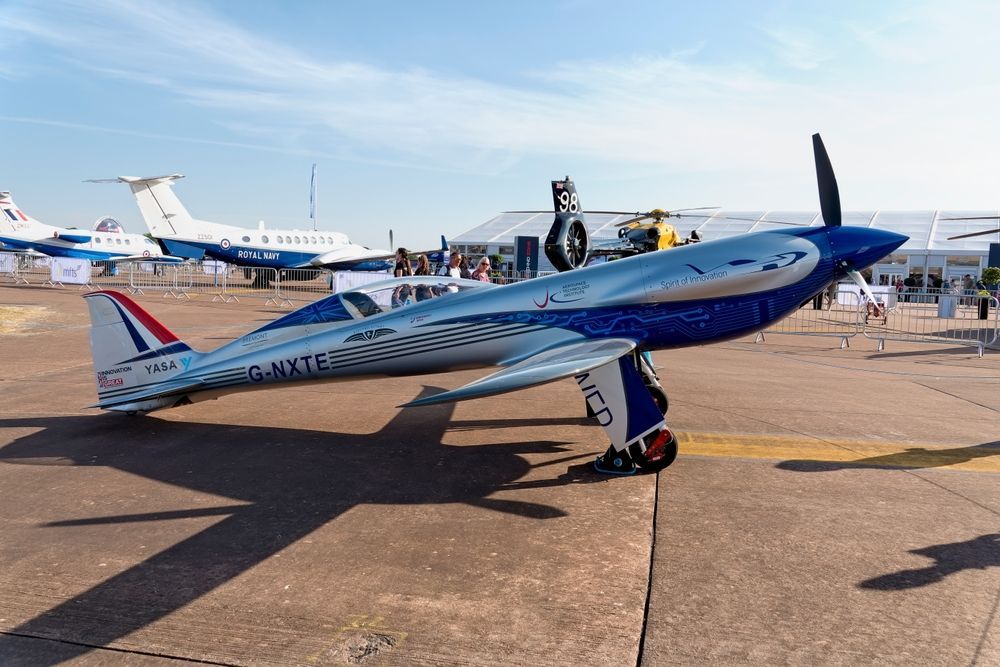Getting Ready for Spring Flying
Share this Article:
This winter has been a bit intense, with record snowfalls in northern Wisconsin to everything from rain, ice, and snow in northern Illinois. Most people are ready to issue a hearty welcome to spring, with its milder temperatures and more moderate weather. That means it’s time to get your aircraft ready for spring flying.
Here are some items you should put on your checklist as you prep for wheels up.
Look Over the Maintenance Records
Now is a good time to go over your aircraft’s maintenance records to make sure you are familiar with what has been done and what you need to do. Is there anything you have put off? In particular, are there safety repairs that are required by the FAA to legally fly the plane? Now is the time to get it scheduled and done.
Routine Maintenance
You probably changed the oil in your plane before storing it for the winter, but that doesn’t mean you can skip the springtime oil change. While you are taking care of that, make sure to also check the fuel system.
Old oil can cause corrosion and pitting of certain components, such as cam lobes and bearings due to a change in the acidity over time. The rust from that, if mixed with the oil, puts your engine at risk for extensive damage.
When checking the fuel system, remove the fuel filter, clean it and replace. Be sure to check for condensation in the tanks, a common problem if the fuel tanks air was in the tanks due to being partially full. Other items to check for are water in the tanks, condition of tanks and straps, fuel lines, drains and valve for leaks or damage, and the fuel gauge for any damage. And don’t forget to remove any covers installed before winter, turn on the master switches, and open the fuel cocks.
Electrical Components
This is also the time to check the battery age and condition and replace it if necessary. General recommendations are to check it every 50 hours of use. Don’t forget to check the battery leads, mounting gear, circuits, circuit breakers, terminal wiring, the radio, and antenna.
Tire Inspection
Make sure to check the tires for wear and air pressure. It’s common for tires to lose air pressure over time. Don’t forget to check both the struts and brake assembly. Any leaks must be addressed and struts replaced if worn out.
Wings and More
As you continue to move through your checklist, write down anything that may not need work right now, but will in the near future. That way you can schedule it instead of being grounded at a time that doesn’t suit you.
Check the wing flaps, tail fins, propeller assembly, landing gear and landing gear doors. You don’t want anything that is loose, damaged or dirty. If it is dirty and you can clean it properly, then do so, if you can’t, or it is loose or damaged, you must call a mechanic to repair it. This is true of anything you find.
The final section on your checklist should be checking the fuselage for damage—hairline cracks or damage from contact with another plane while in storage. Look over all gaskets and seals to be sure they aren’t corroded or dried out and check the air intake and cowling, pilot tube, stall warning vent, and static ports for animals–that may have built nests in those places.
The Final Touch
After all that has been done, enjoy some time babying your aircraft and give it a good wash on the outside and some interior detailing. If you don’t have time for that, give us a call at J.A. Air and we’ll be happy to take care of it for you.




